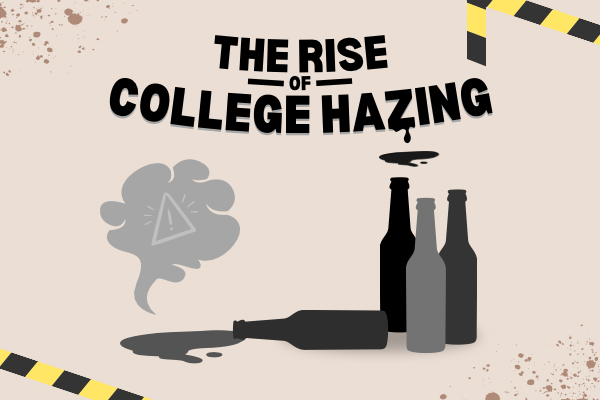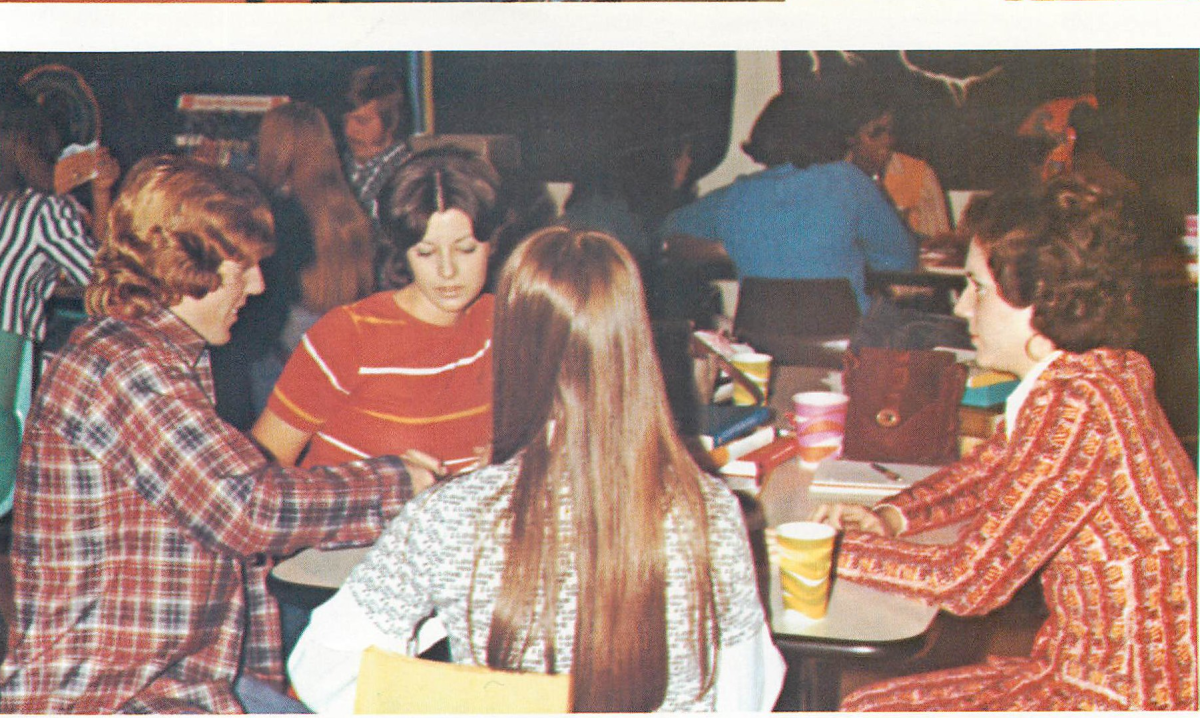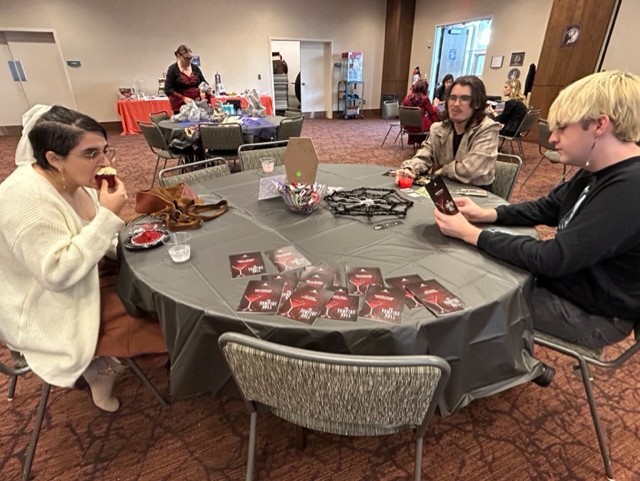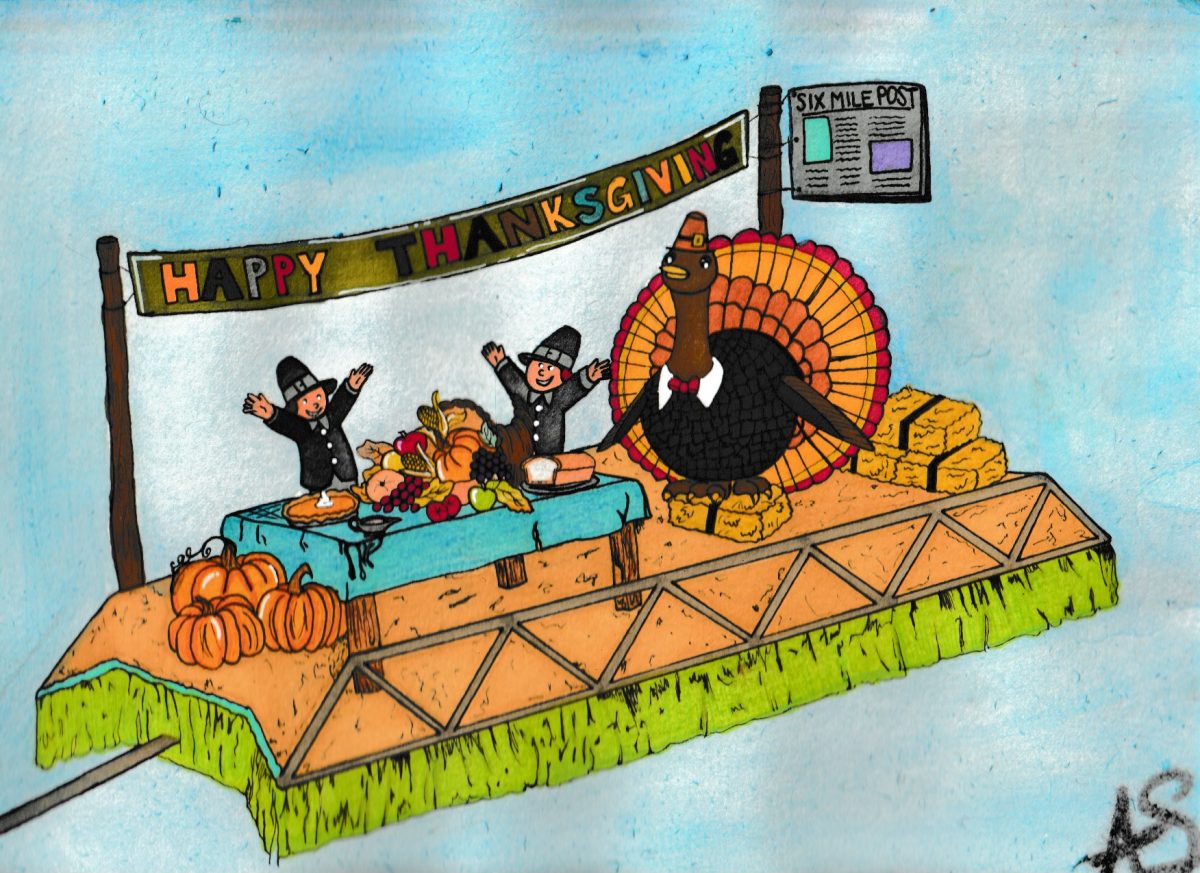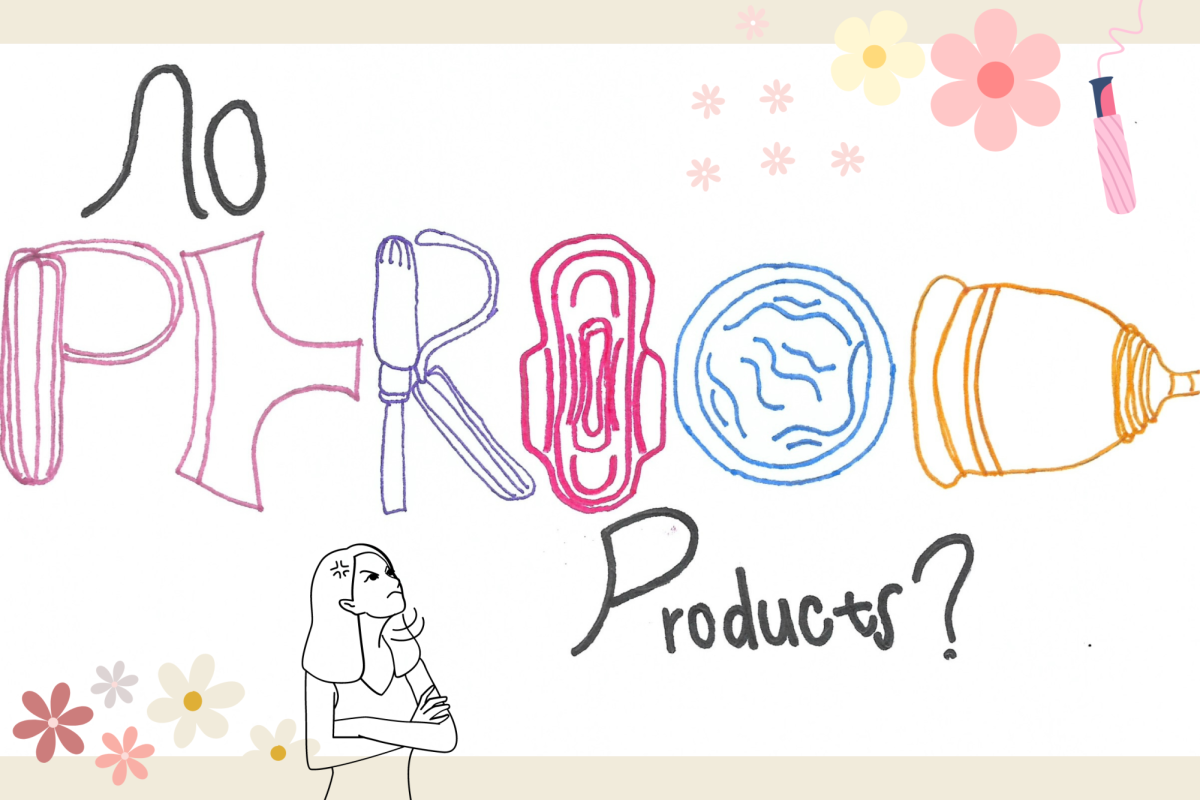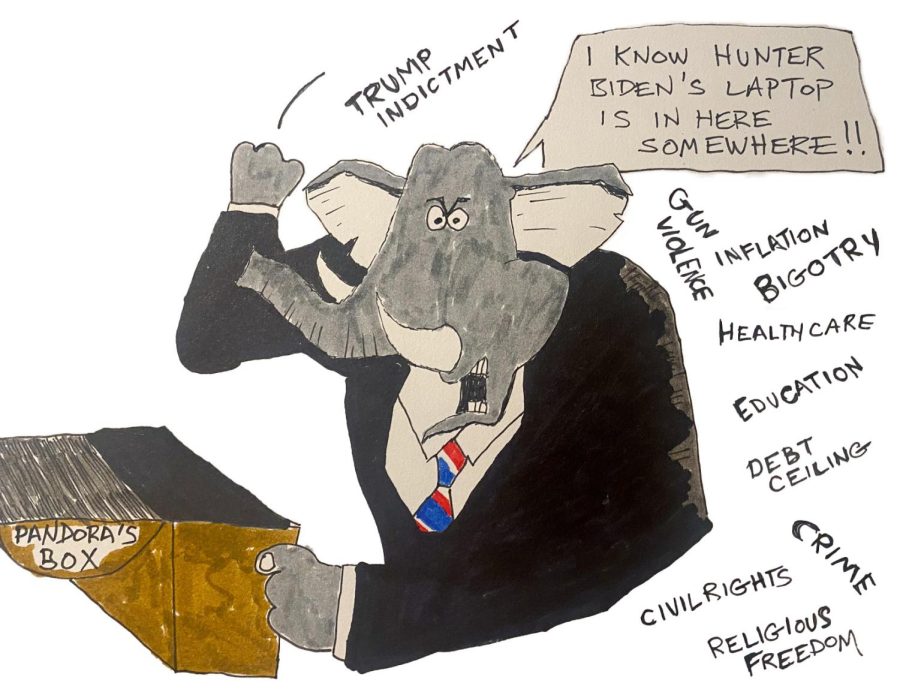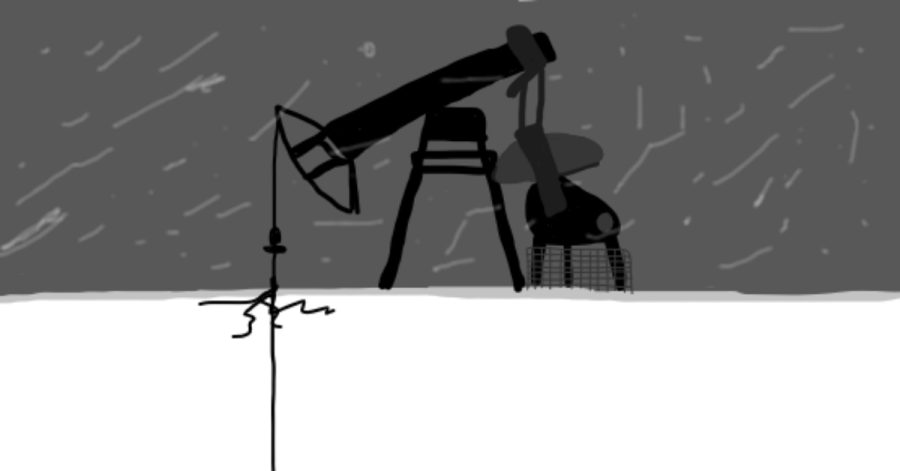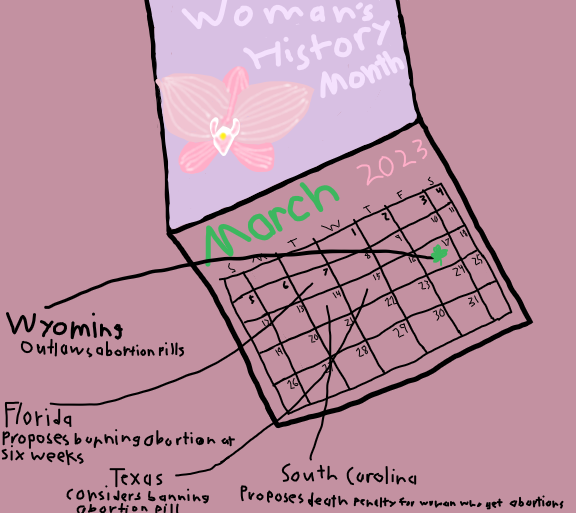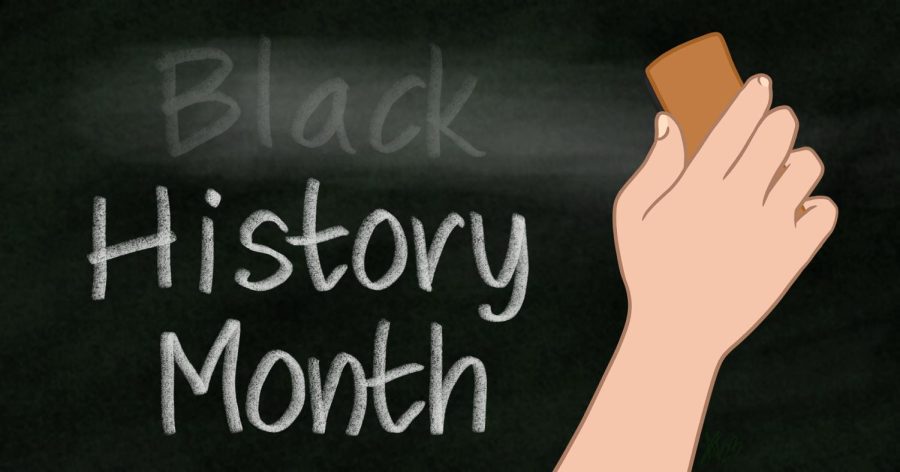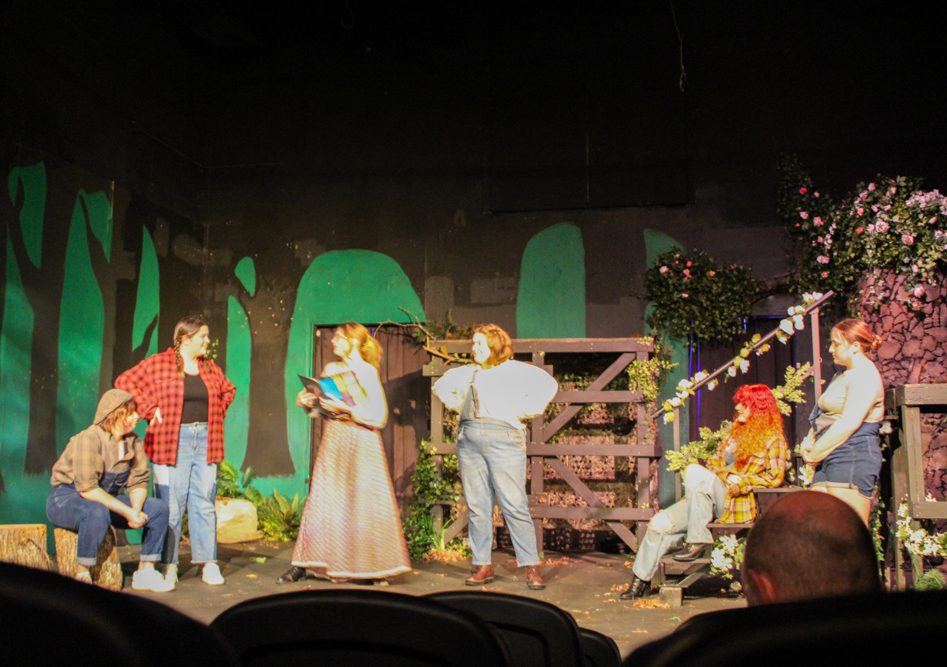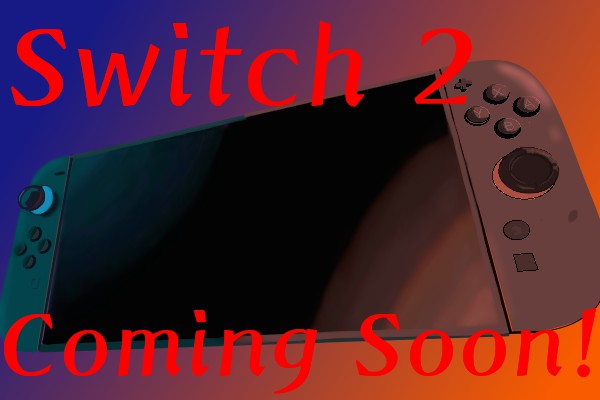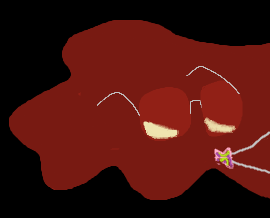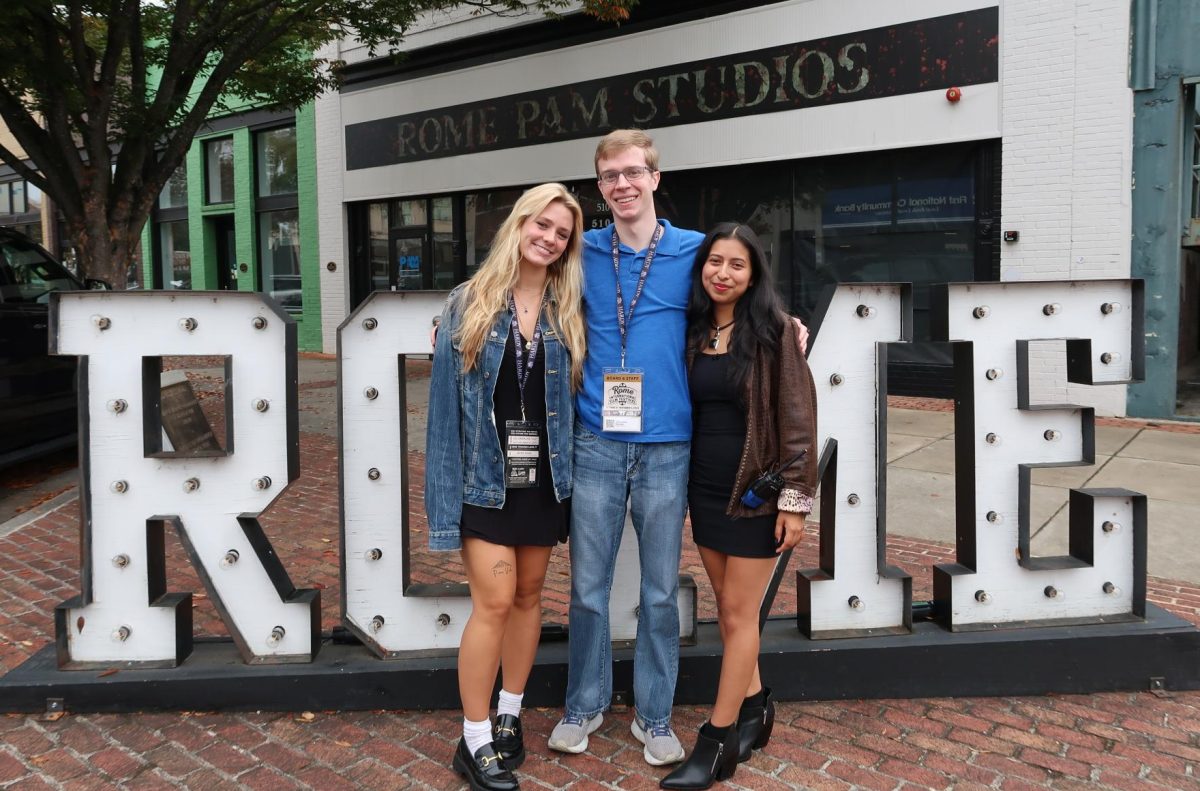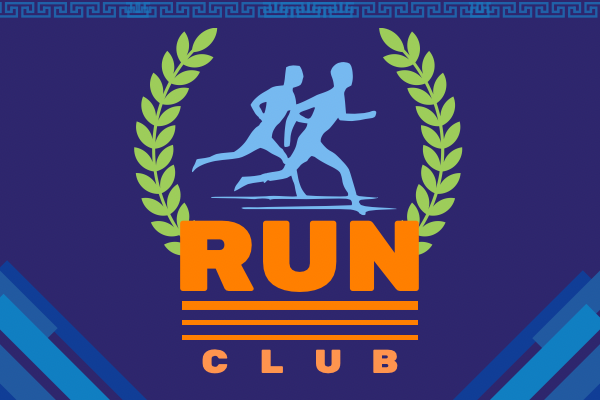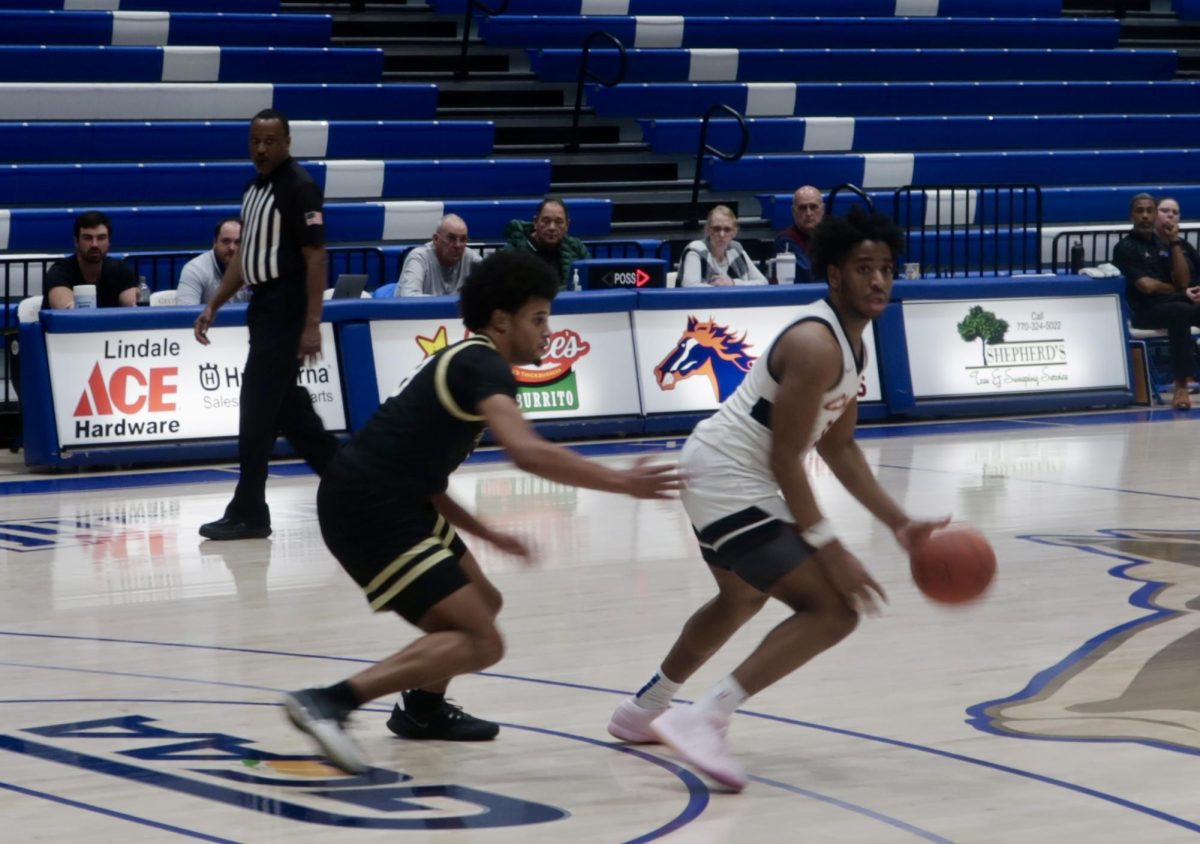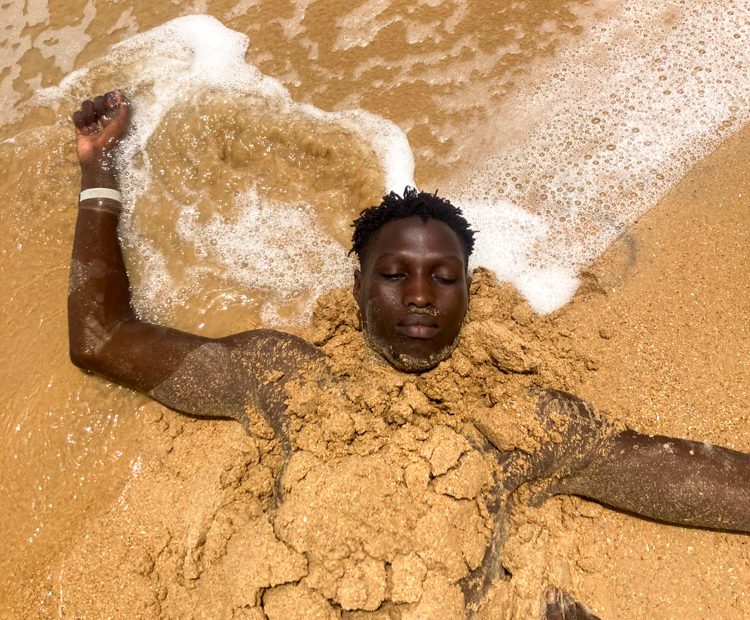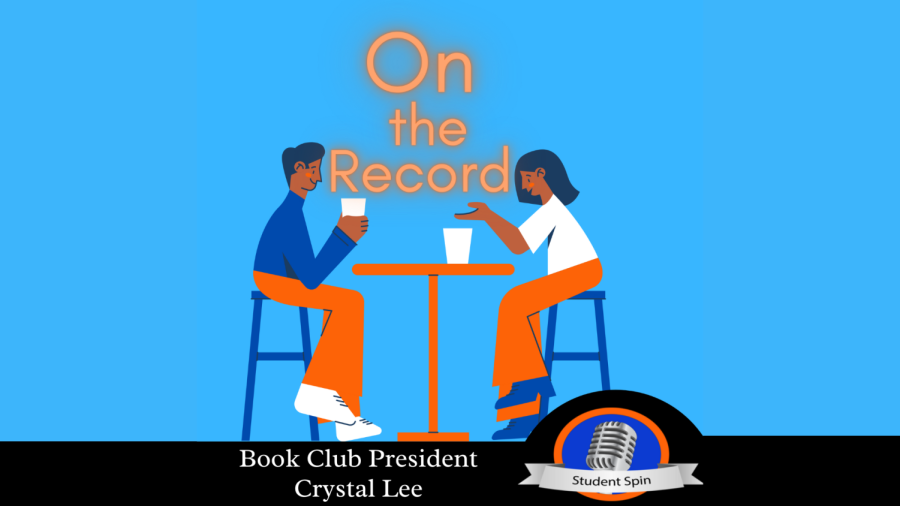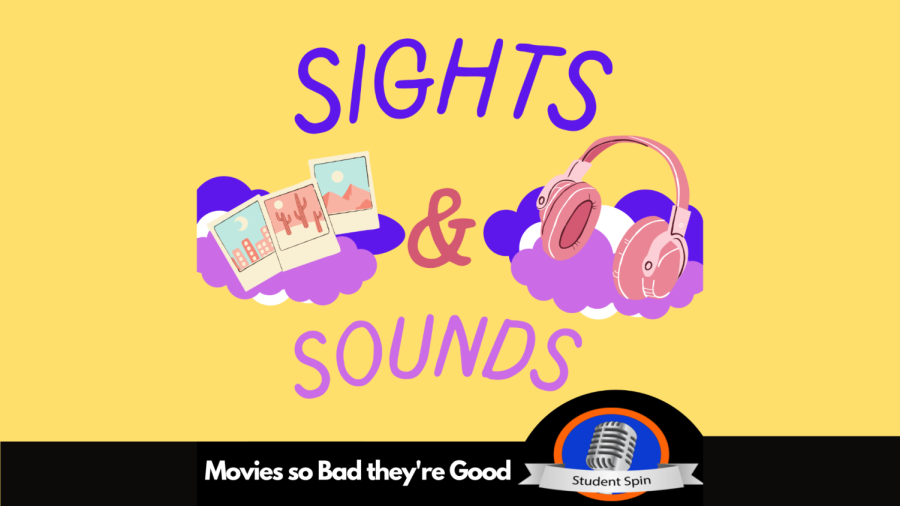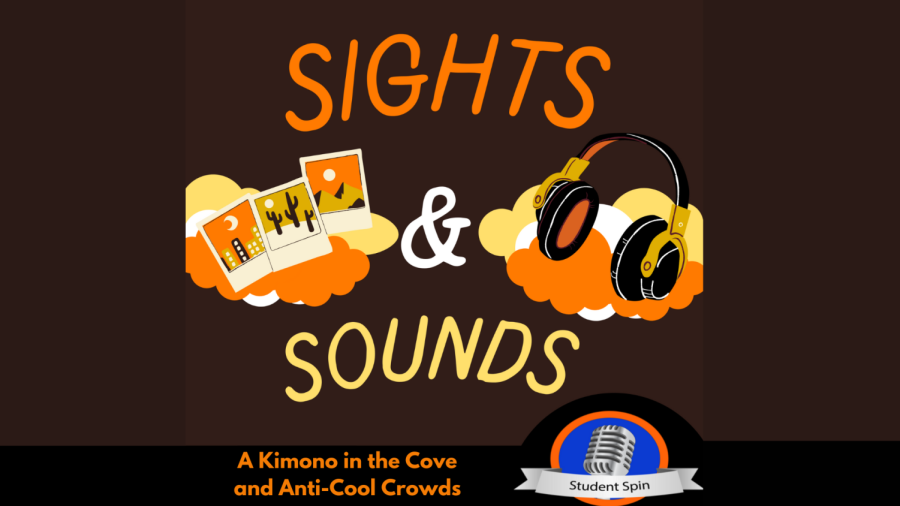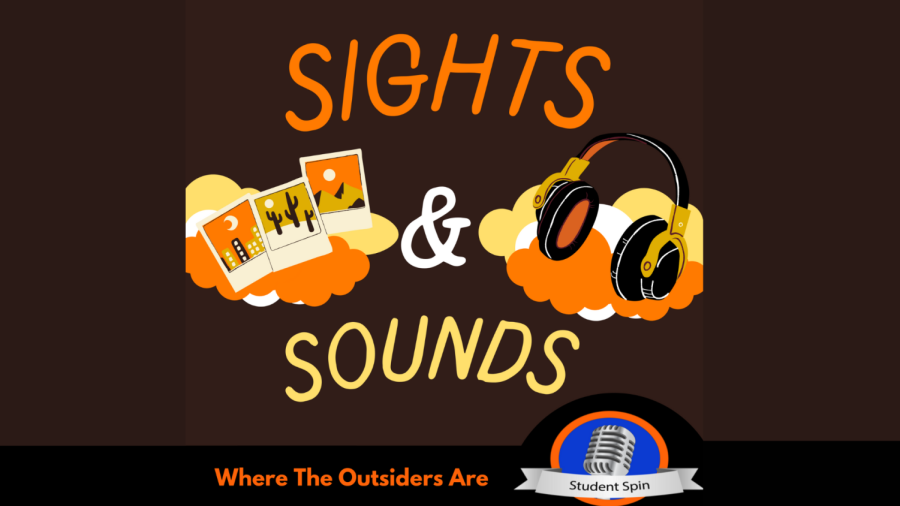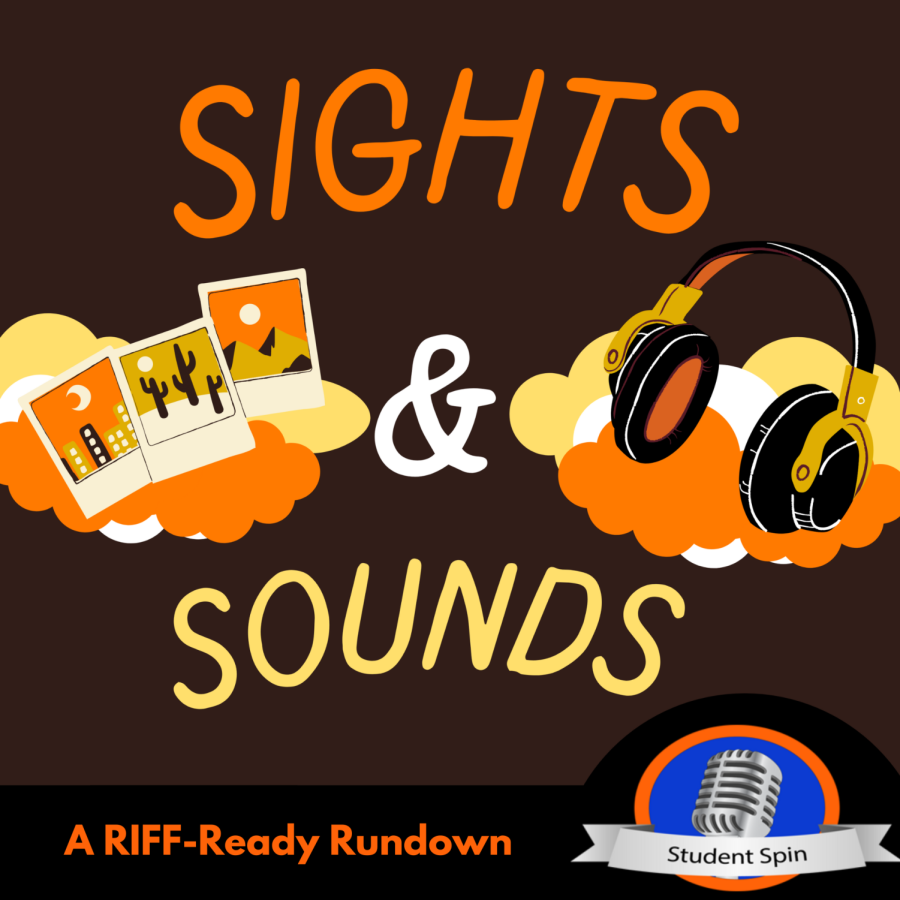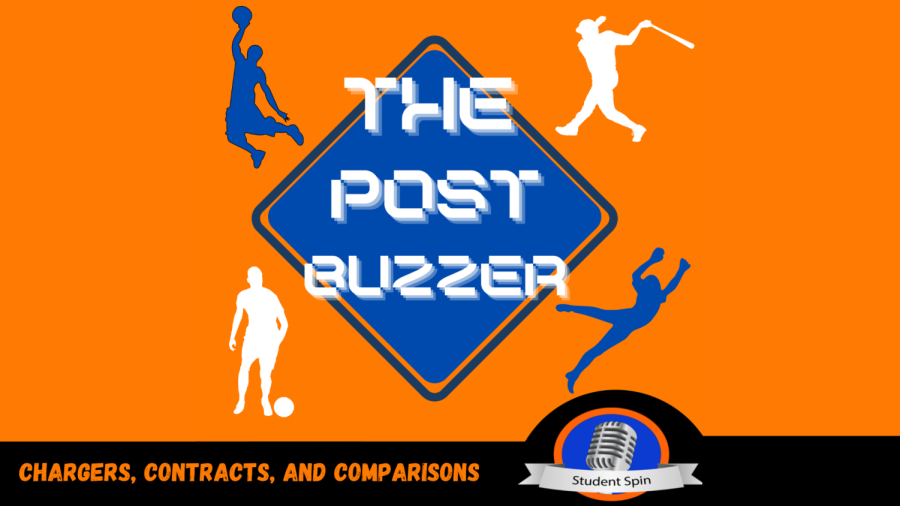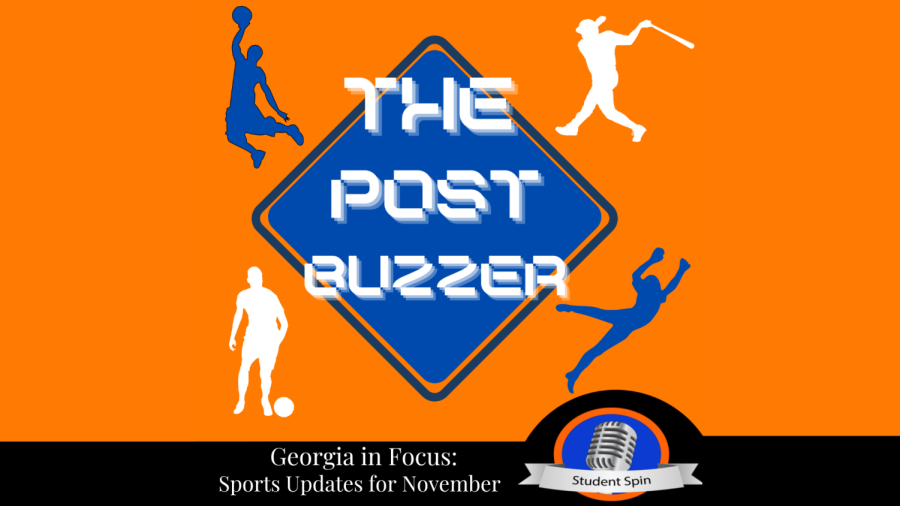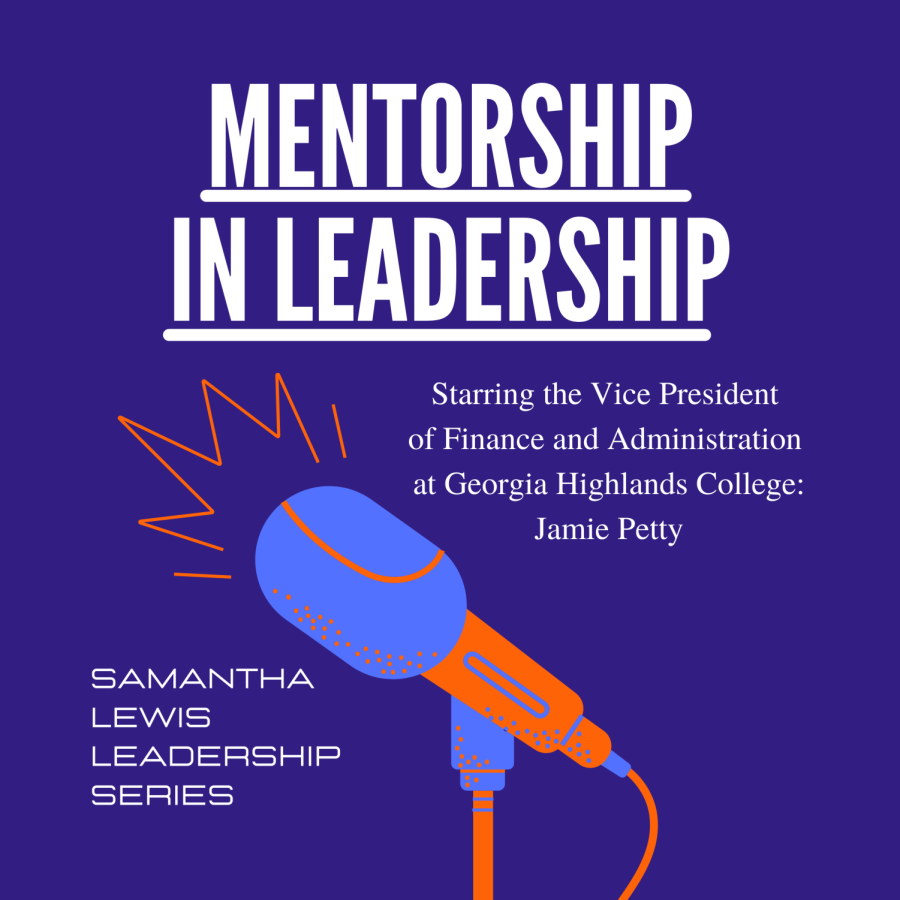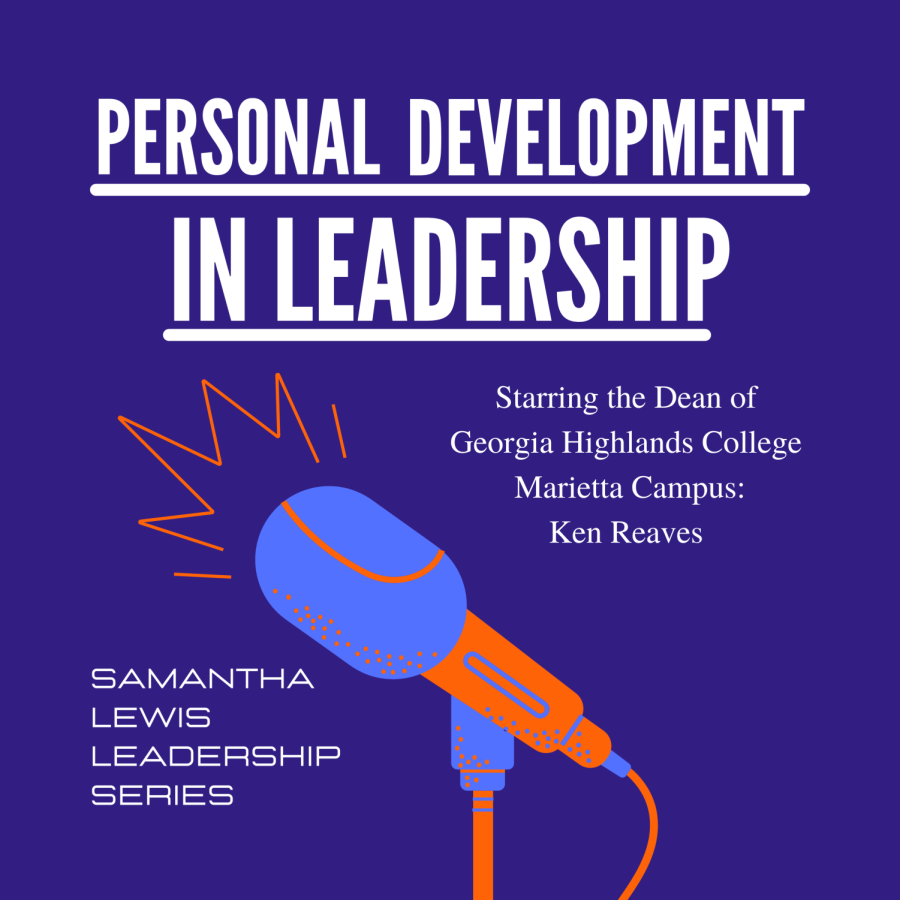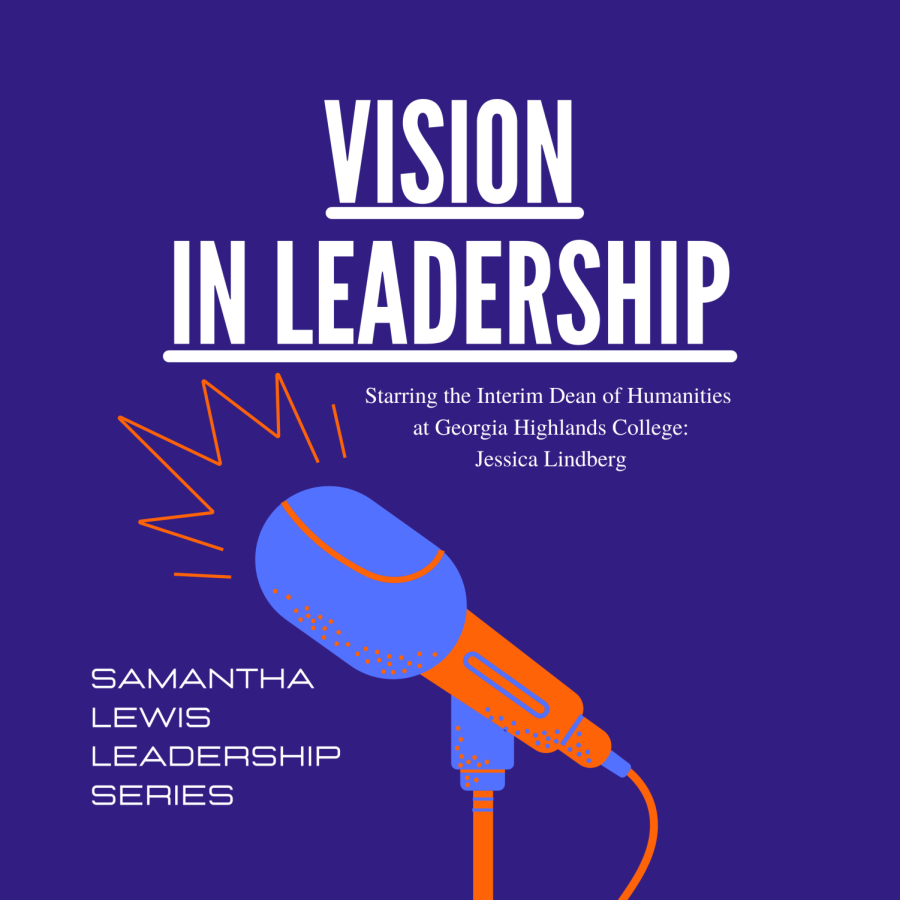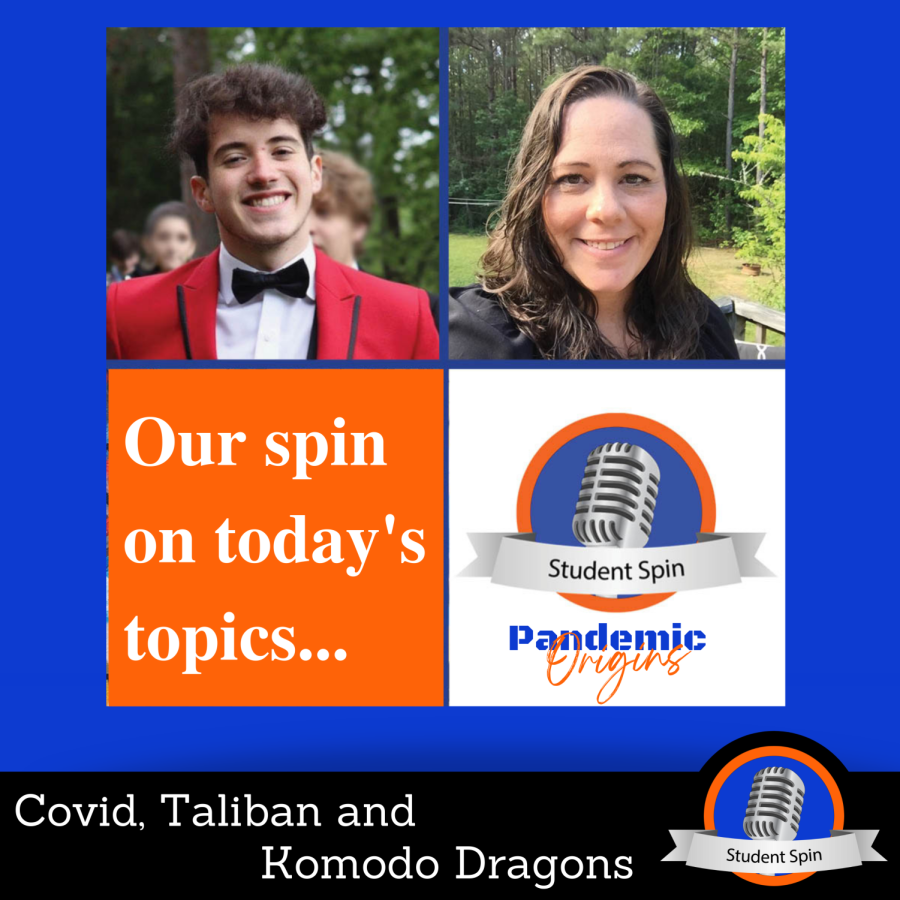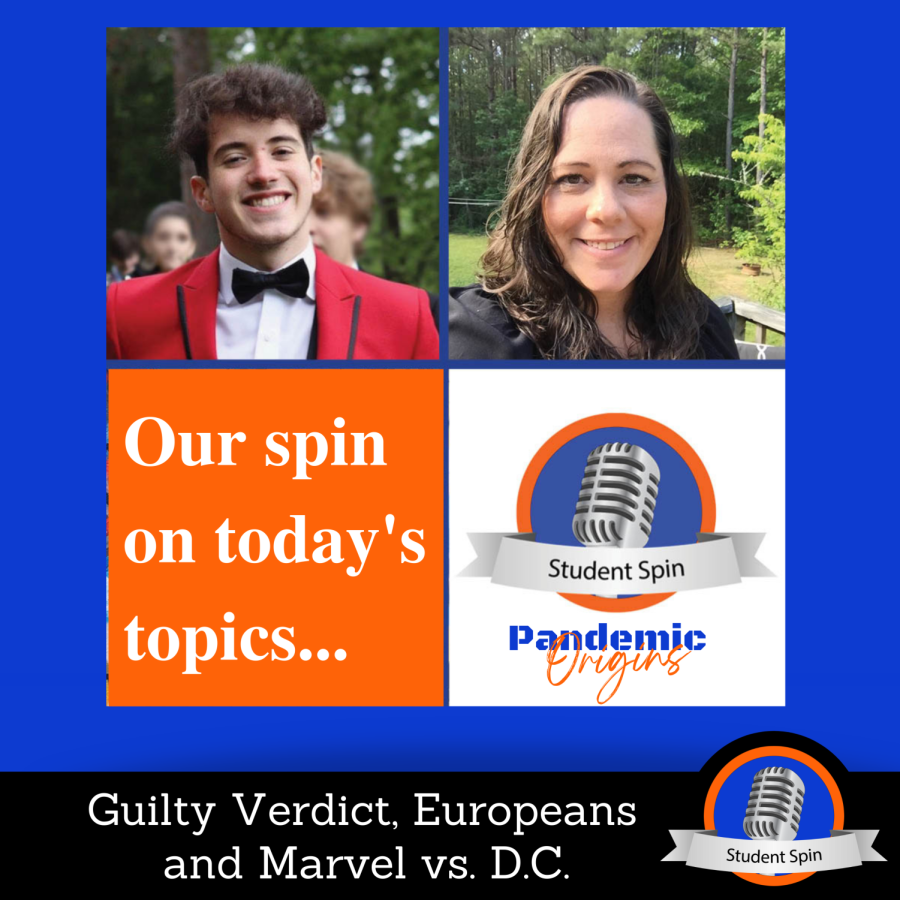Review: ‘How To Train Your Dragon: The Hidden World’
March 11, 2019
The first “How to Train Your Dragon” surprised audiences and critics in 2010 with a genuinely great film with mature, well realized emotional storytelling and a breathtaking musical score that took the structure of a typical “boy who doesn’t fit into society” narrative and turned it into something profound.
Then in 2014, the sequel was released, and where most expected a retread of the first film, they instead got a follow up that took every step to advancing the character arcs and world building. The DreamWorks Dragon films then were two thirds of the way to equaling or even surpassing “Toy Story” as the next great animated trilogy. Now it’s 2019, and after almost a decade since the first installment, indeed, we may be completely at that point.
In the third installment of this franchise we find Hiccup, his loyal Night Fury dragon Toothless and girlfriend Astrid searching for the Hidden World, a legendary place that is a safe haven for dragons away from the worst of humanity. Along the way, they must avoid Grimmell, a fearful dragon trapper who has killed Toothless’ entire race, and intends to end all dragons forever.
The central force behind making the “Dragon” films so great is writer-director Dean DeBlois, who was previously known for handling “Lilo and Stitch” in the early 2000s. His work on these movies is filled with a sharp understanding of what defines a good story: character growth.
Throughout the trilogy, almost all of the characters have changed in significant ways that set these films apart from other animated sequels, particularly the main character Hiccup, who has grown from awkward kid into proud chieftain of his village. It never reverts this growth for cheap drama, and always finds the big moments in naturalistic character choices that make sense for what has been set up over the course of the films. “The Hidden World” is able to effectively complete Hiccups development in a way that is totally satisfying. It also provides the focus on his relationship with his girlfriend Astrid that the second film was lacking and actually finalizes it in a mature way.
The same thing applies to Toothless, Hiccup’s loyal catlike Dragon. The execution of this character is so great because it’s entirely nonverbal. The film shows his budding romance with a new member of his species by dialogue free comedic scenes and gorgeously animated flight sequences. This film is so beautifully rendered that it often looks entirely photorealistic. The only giveaway that it is not a cartoon is often the stylized facial designs.
The closest point to an issue with the film is the villain, but DeBlois has made it clear his main concerns are always developing the hero. The villain is just a tool for the protagonist’s motivation to be executed and for that purpose, he does a great job.
Another big key to these films has been John Powell’s music, which infuses the entire movie with a poetic energy that uses themes both new and old to emotionally anchor each scene in powerful ways. And anchor it does, because when the final moments of the film roll around, if the viewer has been with the series since the beginning, they can’t help but catch the feels that the story is throwing at them with soaring intensity. At the end of the day, if that emotional resonance reaches through, then any small problems are quickly forgotten.

